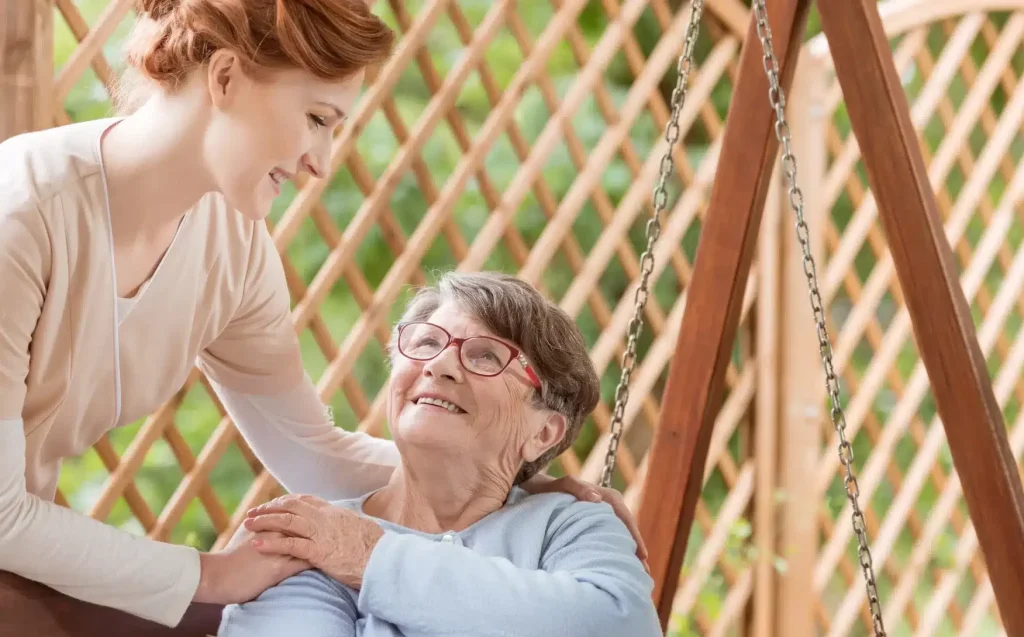Loneliness and isolation are significant challenges faced by many homebound patients, particularly the elderly and individuals with chronic illnesses or disabilities. Being confined to one’s home due to health issues or mobility limitations can lead to feelings of loneliness, social disconnectedness, and emotional distress. Addressing these issues is essential not only for improving the quality of life but also for promoting overall health and well-being. In this comprehensive exploration, we delve into the causes and consequences of loneliness and isolation in homebound patients and discuss effective strategies for providing support and companionship.
Understanding Loneliness and Isolation: Loneliness is more than just being alone; it’s a subjective feeling of emptiness or disconnection from others, even when surrounded by people. Isolation, on the other hand, refers to a lack of social contact or engagement with others. Homebound patients often experience both loneliness and isolation due to factors such as physical limitations, reduced mobility, loss of independence, and changes in social roles and relationships.
Consequences of Loneliness and Isolation: The impact of loneliness and isolation on homebound patients can be profound and multifaceted. From a mental health perspective, prolonged feelings of loneliness can lead to depression, anxiety, and cognitive decline. Social isolation is also associated with an increased risk of chronic diseases, including heart disease, diabetes, and hypertension. Moreover, loneliness and isolation can exacerbate existing health conditions, decrease immune function, and impair overall quality of life.
Strategies for Addressing Loneliness and Isolation
- Regular Social Interaction: Encourage regular social interaction and engagement with friends, family members, neighbors, and community organizations. This could involve scheduling regular visits, phone calls, or video chats to maintain connections and combat feelings of loneliness.
- Support Networks: Establish support networks and peer groups for homebound patients, where they can connect with others facing similar challenges, share experiences, and provide mutual support and encouragement.
- Volunteer Programs: Utilize volunteer programs and community services to provide companionship and assistance to homebound individuals. Volunteers can offer companionship, run errands, provide transportation to medical appointments, or simply lend a listening ear.
- Technology and Telecommunication: Leverage technology and telecommunication tools to facilitate virtual social interactions and connections. This could include video calls, social media platforms, online support groups, or virtual activities and events.
- Home Health Care Services: Ensure that homebound patients have access to comprehensive home health care services that address not only their medical needs but also their social and emotional well-being. This could involve interdisciplinary care teams comprising nurses, therapists, social workers, and other healthcare professionals who provide holistic support and assistance.
- Creative Engagement Activities: Encourage participation in creative engagement activities that stimulate the mind, promote self-expression, and foster a sense of purpose and fulfillment. This could include art therapy, music therapy, gardening, or other hobbies and interests tailored to individual preferences and abilities.
Conclusion: Addressing loneliness and isolation in homebound patients requires a multifaceted approach that encompasses social, emotional, and community-based interventions. By fostering social connections, providing support networks, leveraging technology, and promoting meaningful engagement activities, we can help alleviate feelings of loneliness and isolation and improve the overall well-being of homebound patients. It’s essential to recognize the importance of addressing these issues proactively and compassionately, as they have far-reaching implications for both physical and mental health. Through collaborative efforts among healthcare providers, caregivers, community organizations, and volunteers, we can create a supportive and inclusive environment where homebound patients feel valued, connected, and empowered to live fulfilling lives.





